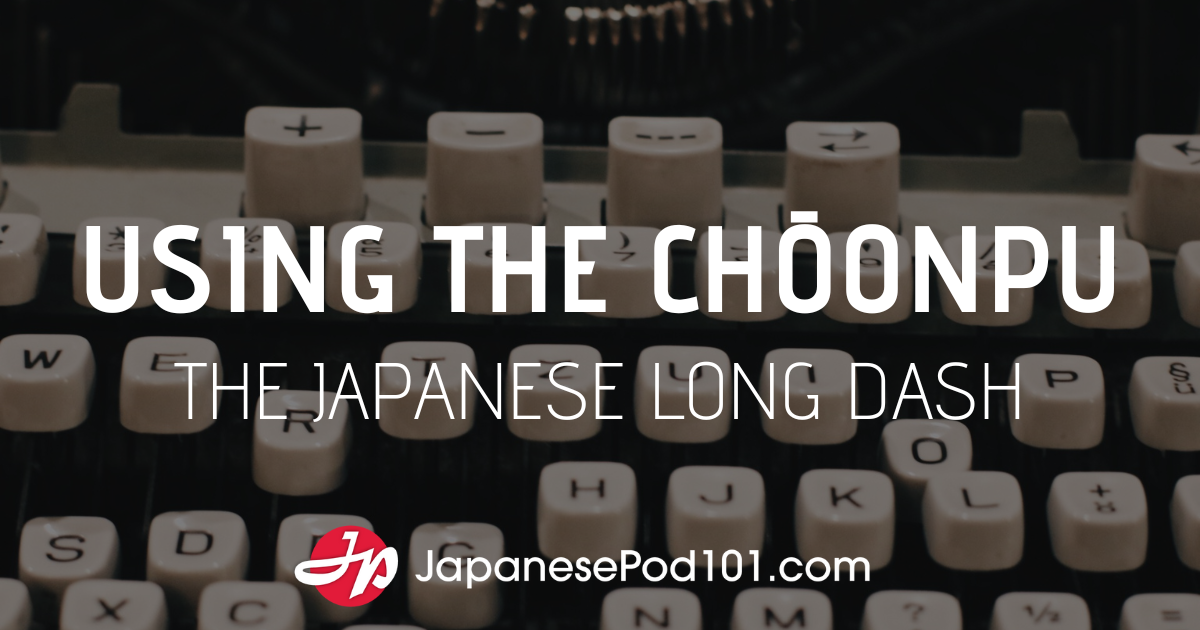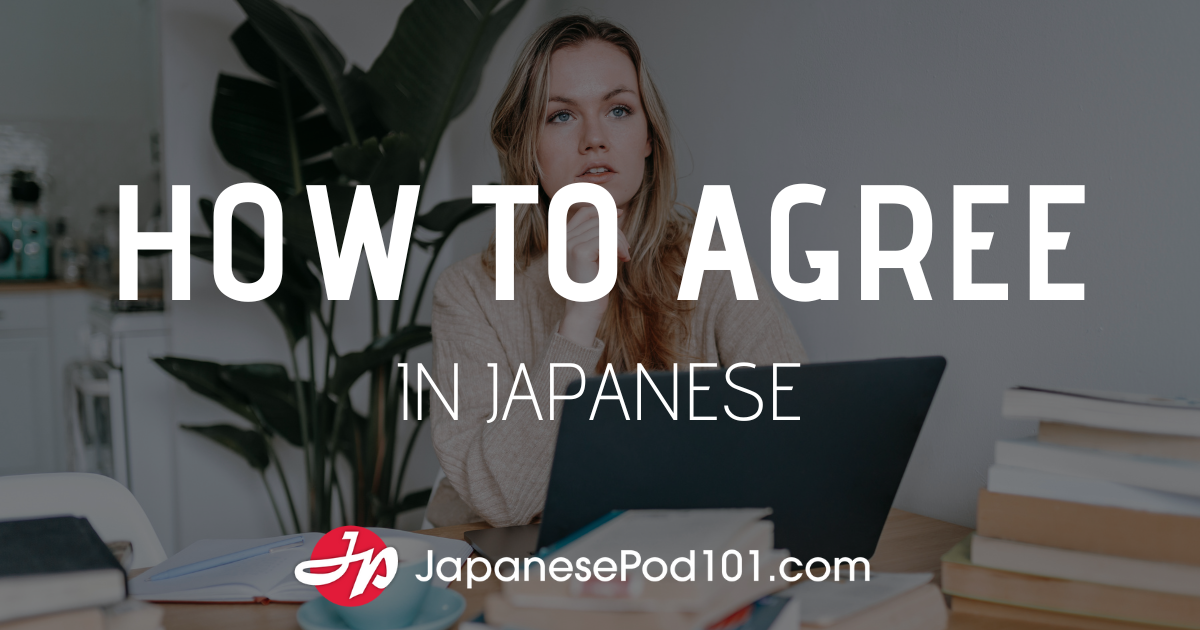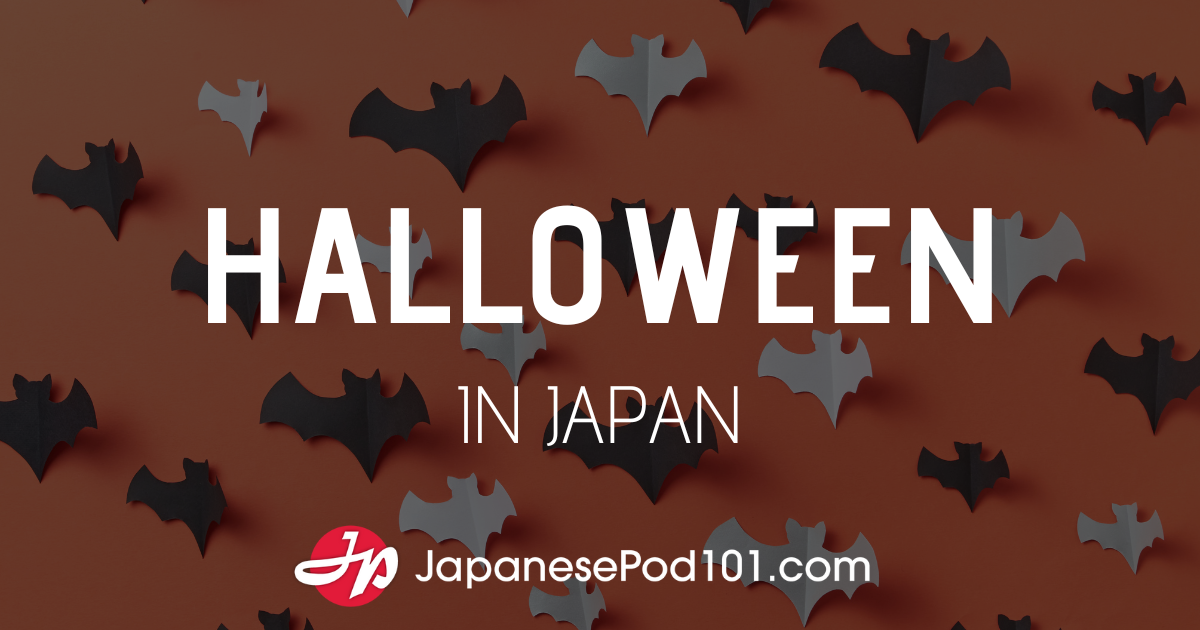Thanks for stopping by again readers!
Today I did lessons 44 and 45 from SurvivalPhrases.com Japanese and lessons 46 and 47 from JapanesePod101.com survival phrases. The JapanesePod101 lessons dealt mainly with currency exchange. Since, I’ve already written a blog talking about money here in Japan, instead I’m going to blog with reference to the SurvivalPhrases lessons. They dealt with eating habits.
This photo is of two guys in my group eating Korean food. In this setting, everything was cooked in the pot in front of them. This is one example of the many varieties of ways to eat the different foods here in Tokyo. [Photo by Emily Carsch]
In Japan, fish and meat are staple items in the diet. This is no different than in most countries, but in the US for example, many people are choosing to become vegetarians. This is virtually unknown here in Japan, making it difficult for a bejitarian, or vegetarian, to get around. It seems to me that a lot of Japanese don’t fully understand the concept of being a saishoku shugi sha, also vegetarian. If one were to order a vegetarian dish, he or she would likely still see something not appropriate for that lifestyle on their plate.
In today’s SurvivalPhrases lessons, I learned how to say things like, “niku wa tabemasen“, I don’t eat meat. I personally love meat, but I have friends on my trip here in Japan with me that do not eat it, so I can fortunately teach them how to communicate that at restaurants now. As more and more people are taking a vegetarian approach to dishes (or so it seems), this lesson has become increasingly relevant, and is a great one to check out if you’re a vegetarian!
The other SurvivalPhrases lesson dealt with, “tabetkata wa?”, or “how do you eat this?” It is a worthwhile lesson! I’ve been to a lot of different restaurants here now, and there are many times I ask myself, what do I do with this sauce? What is this liquid? How am I supposed to eat this without looking like a misinformed American?
Here, if you get a cold noodle dish, you’re also given liquid that you soak the noodles in before eating. Once the noodles are done, I’ve seen people pour hot water into the left over liquid and drink it like tea. When it comes to eating some chicken dishes, instead of dipping it into sauce, I’ve encountered instructions that you’re supposed to kakeru, or pour, the sauce all over the meat before starting to eat it. In America, the plate would probably come out with the sauce already on the meat instead of having the customer do it, so instruction isn’t needed. These are just a few examples of the things that happen with dishes here that you’d probably never see in the States.
Unfortunately, I don’t think there’s much more I have to add to this, but maybe you do! Have you seen anything that you didn’t know how to eat? I’d love to hear your stories.










